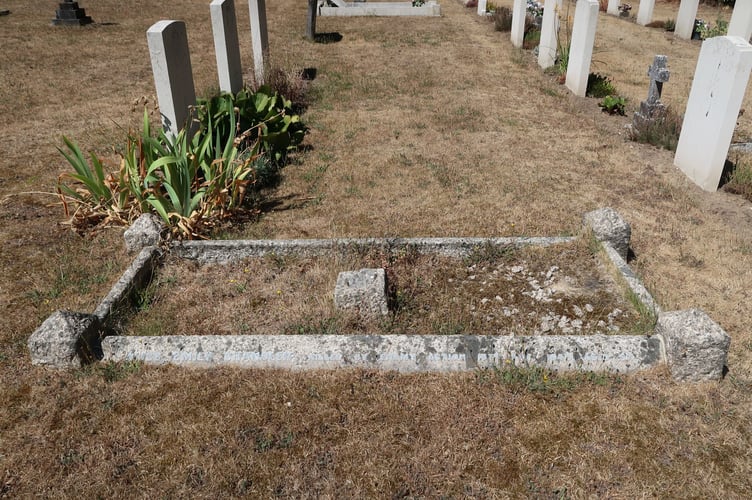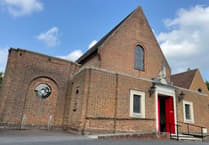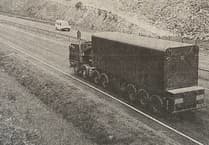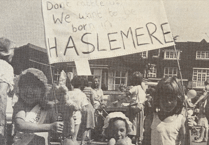In the Bordon Military Cemetery lies the remains of 186 Commonwealth service personnel of the First World War, eight of the Second World War and intriguingly the grave of just one civilian, Alice Emily Chandler.
How Alice came to be laid to rest alongside the British, South African and Canadian war dead in Bolleys Avenue is a tragic tale set against one of Britain’s greatest ever military victories.


In the summer of 1940, the skies above southern England were abuzz with the competing engines and chattering guns of dogfighting RAF and Luftwaffe aircraft as the Battle of Britain raged on.
Though there were no obvious targets for Nazi bombers locally, there was still a very real threat of Heinkels, Dorniers and Junkers jettisoning sticks of bombs over built-up areas and low-level strafing attacks too.
Though detailed locations of bombings were not revealed in the Herald and Post at the time as the papers were bound by strict censorship rules, readers grew accustomed to reports of houses and public buildings being damaged or destroyed in sporadic raids and knew to take air raid sirens seriously.
One such raid took place on August 16, 1940, at Bordon Camp, where the Canadian Army had established its European base 11 months earlier.
Official records show the Luftwaffe attacked RAF airfields and defences in large numbers that day, with the first attack at midday consisting of three formations that bombed Gosport, Lee-on-Solent, Tangmere and Poling RDF station.
Later attacks targeted RAF Brize Norton, the Thames, Isle of Wight, Bristol Channel, South Wales, Bury St Edmunds, Oxford, Shrewsbury, Derby and North London as the Luftwaffe attempted to overwhelm the RAF.
It is unknown on which sortie Bordon was attacked, but at some point during that fateful day, the air raid sirens wailed in the town, soldiers ran to their anti-air defences and civilians ran for cover. All except the unfortunate Alice Emily Chandler.
According to an account on the excellent woolmerforest.org.uk website, Alice, who was 57, lived in Station Road in the old Coachman's cottage next to the Bordon Camp’s fire station, where the coachman who had driven the horse-drawn fire tender had lived.
Like others, she had heard the sirens wail and the fast approaching roar of aircraft engines. But rather than flee to a shelter, the animal-lover dashed back into her house to retrieve her beloved canary.
It was a decision that would cost her her life. Before she could escape with the bird, a bomb was dropped on the Coachman’s Cottage, demolishing it and killing Mrs Chandler.
A Canadian officer and two NCOs were also killed during the raid and the stables at the neighbouring fire station were set alight, killing a number of horses.
In the same raid, another bomb was dropped into the woods near Knox pond, close to Bordon’s new fire station, and legend has it became embedded in a large pine tree. This bomb did not explode and was defused by Canadian troops and left in the tree. It is said to have been later recovered by a brave trophy-hunter who burnt out the remains of its high explosives and kept the inert bomb casing as a household ornament.
Considered too dangerous to move, construction was halted until September 12, 2020, when the army Bomb Disposal '11 EOD & Search Regiment Royal Logistic Corps' removed it with a small controlled explosion that was heard in Kingley and Greatham.
Alice Emily Chandler was the only civilian killed in raids across Britain on August 16, 1944, and was survived by her husband Thomas Richard Chandler, who lived another 14 years before his own death in 1954.





Comments
This article has no comments yet. Be the first to leave a comment.